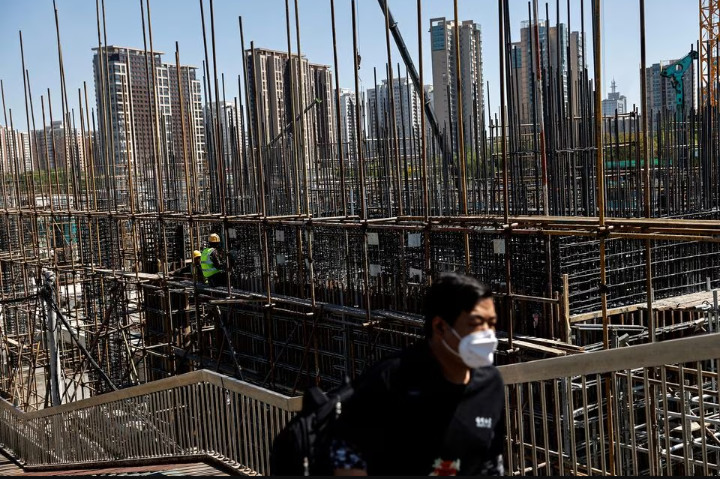China’s economy grew at a faster-than-expected clip in the third quarter, while consumption and industrial activity in September also surprised on the upside, suggesting the recent flurry of policy measures is helping to bolster a tentative recovery.
Rapidly weakening growth in the world’s second-biggest economy since the second quarter prompted authorities to step up their support steps, with Wednesday’s batch of data indicating the stimulus is starting to gain traction although a property crisis and other headwinds continue to pose risks to the outlook.
Gross domestic product (GDP) grew 4.9% in July-September from the year earlier, data released by the National Bureau of Statistics showed, versus analysts’ expectations in a Reuters poll for a 4.4% increase but slower than the 6.3% expansion in the second quarter.
On a quarter-by-quarter basis, GDP grew 1.3% in the third quarter, accelerating from a revised 0.5% in the second quarter and above the forecast for growth of 1.0%.
“It seems that all of that stimulus is finally beginning to take effect, with a broad beat from growth, retail sales, industrial production and unemployment,” said Matt Simpson, senior market analyst at City Index in Brisbane.
The government is walking a tight rope as it tries to restore economic equilibrium, with policymakers having to navigate a domestic property crisis, high youth unemployment, depressed private sector confidence, a slowdown in global growth and Sino-U.S. tensions over trade, technology and geopolitics.
Beijing has in recent weeks unveiled a raft of measures, but its ability to spur growth has been hamstrung by fears over debt risks and a fragile yuan, which has been hit hard this year due to widening yield differentials as global interest rates remain elevated, led by the Federal Reserve’s tightening campaign.
Asian stocks pared their losses after the better-than-expected China data, while the yuan and trade-dependent Australian and New Zealand dollars all bounced. The yuan hit a one-week high of 7.2905 per dollar.








